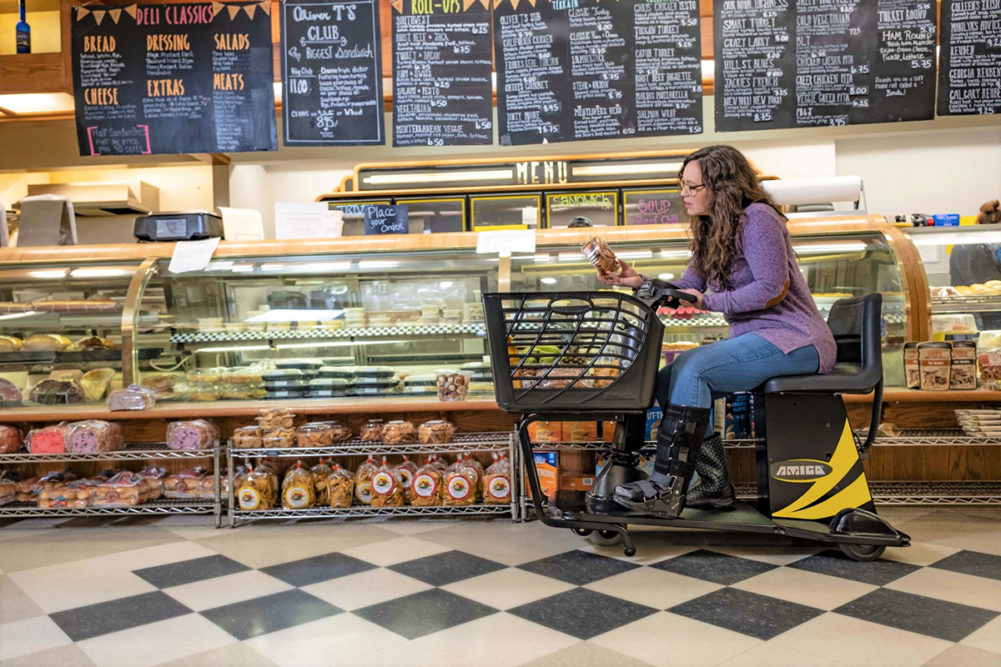CHICAGO — Consumers for decades have relied on nutrition labeling far less than is generally believed, said Robert Lilienfeld, executive director at Sustainable Packaging Research, Information, and Networking Group, Broomfield, Colo.
In a panel discussion at IFT FIRST, July 11-13 at McCormick Place in Chicago, Mr. Lilienfeld said as few as 5% of consumers read labels and that consumer packaged foods companies should not solely rely on labeling to communicate sustainability messages to consumers.
During the session, titled “What role does labeling play in educating consumers,” panelists spent more time discussing issues such as sustainability than the role labels play in educating consumers. Turning to the question of labels, Mr. Lilienfeld cited data he said was gathered for The Procter & Gamble Co., where he started his career.
He said the food industry in the late 1900s was “scared to death that kind of information would change people’s minds about what foods they buy.”
Data and subsequent consumer behavior demonstrate that the concerns were misplaced.
“We did research that showed 95% of consumers said it was important to have the information, only 5% actually used it,” he said. “It did very little to change how consumers purchased products and what they purchased.”
Rapid growth in demand during the 1990s for food from quick-service restaurants and snack/processed foods at supermarkets appeared to affirm the data, Mr. Lilienfeld said.
“If you rely on labels on your package to communicate with consumers, keep in mind that the odds are only 5% to 10% of consumers are actually reading that label,” he said. “You better be looking for other ways to communicate that message.”
Other panelists questioned whether so few consumers read labels. Results of other surveys have been published in recent years, showing higher levels of utilization, but figures vary widely.
In 2019, data published jointly by the International Food Information Council Foundation and the American Heart Association showed 59% of consumers said they always read labels on a packaged food before buying it for the first time. A 2016 Ipsos survey showed two thirds of respondents said they read food labels. A study in the late 2010s from the University of Minnesota School of Public Health concluded “many people check Nutrition Facts infrequently, if at all.”
Mr. Lilienfeld said the data he cited had been considered proprietary for many years, but no longer.
Another panelist, Stacey Cox, director of insights, North America Core Capabilities & Accelerators at Kraft Heinz Co., said it is important to keep in mind the different ways consumers handle trips to the supermarket.
“Often, we assume everyone is the same,” she said. “If you don’t understand that consumer is going down the grocery store aisle and they are spending 10 seconds in that aisle, thinking about their Friday night dinner after they’ve had a long week. They want to have some good pizza. You really need to unpack who is this person, what’s their situation. Some are influenced by people. Some are not. They’re making very split-second decisions on very small packages.”
She said it is a challenge for food companies to provide the most basic information needed to help consumers with decisions.
“Sometimes, their head is somewhere else,” she said.

